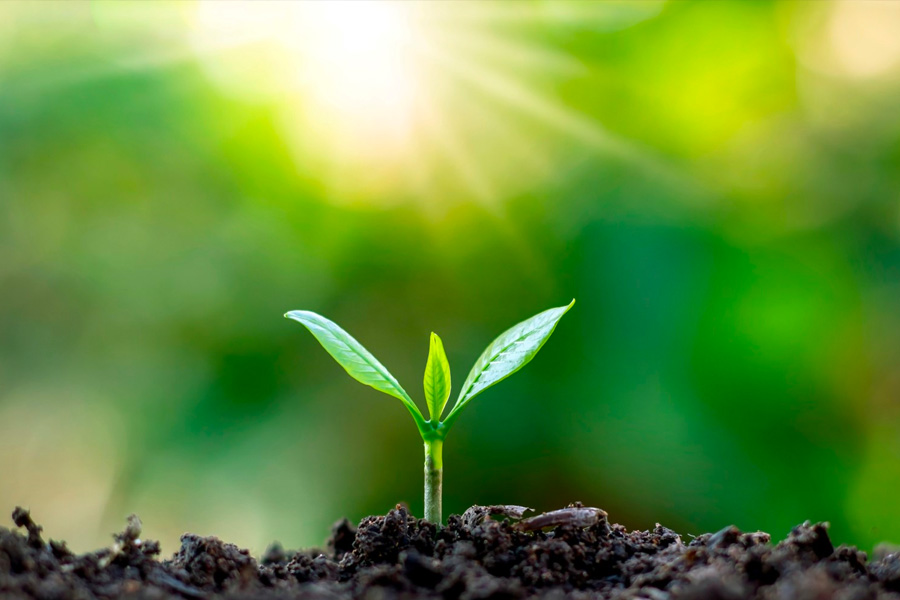Considerations for Autos, Photos, and Clones: A Guide for Optimal Growth
Providing the right grow light for seedling conditions during different stages of a plant’s life cycle is crucial for ensuring healthy growth and development. In this blog post, we will discuss the importance of lighting for autos, photos, and clones, along with some valuable tips to maximize their potential. Let’s start with autoflower lighting and how it impacts growth at each stage.
Lighting for Autos and Photos
For autos and photos during the seedling stage, supplemental light is generally not necessary. However, there are instances where additional light can serve dual functions of providing both heat and light. If you find it beneficial and it aligns with your overall setup, feel free to provide some extra illumination for both autoflower lighting and photoperiod lighting. This period offers a unique opportunity to give your plants the highest quality care, so consider taking advantage of it.
Lighting for Clones
It’s important to recognize that clones have specific lighting requirements, particularly during the early spring phase when the natural light cycle may not yet reach the optimal 15 hours. During this time, clones need supplemental light to stay in vegetative growth. However, it is crucial to carefully plan the transition from supplemental lighting to natural light before transplanting them into the field, as an abrupt transition can cause them to go into flowering. Simple work lights can be used to extend the natural daylight hours and keep clones from flowering.
Factors to Consider
- Sensitivity to Light Hours:
Different genetics may vary in their sensitivity to the number of sunlight hours needed for vegetative growth. Some may require more consistent lighting conditions, while others may be more adaptable. Understanding the specific needs of your clones can help you provide the ideal environment and ensure optimal growth. - Gradual Transition:
Sudden and drastic changes in the hours of light per day can disrupt plant growth and lead to undesirable outcomes. Planning a well-executed transition from supplemental lighting to natural light is essential. Gradually reduce the duration and intensity of the supplemental light over time while gradually exposing the clones to longer daylight periods. This gradual transition supports a smooth shift from propagation to the field and helps maintain vegetative growth.
